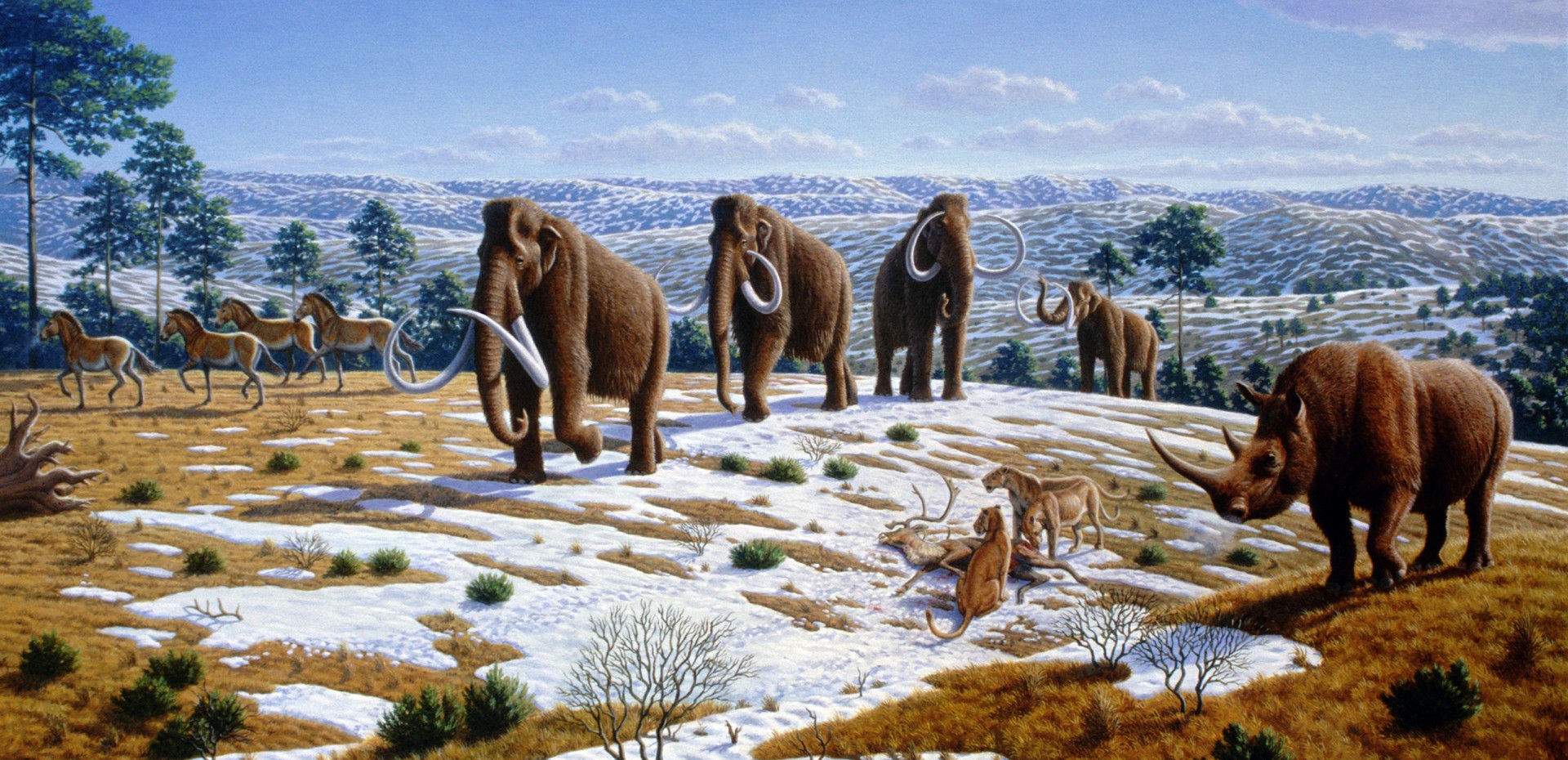We are living through a period of unprecedented environmental breakdown which is increasingly being referred to as “the Anthropocene”. As the term becomes more and more pervasive, I want to explain why, as a psychologist and a committed environmentalist, I think it is a highly problematic way of framing our predicament.
Originally proposed by atmospheric scientists and then geologists, the Anthropocene has come to the fore as a powerful if perplexing way of talking about our current era. This is a period in which, for the first time in its history, the Earth is being deeply transformed by one species – humans. The word Anthropocene refers to the idea that the Earth’s geological record has been transformed by humanity: Anthropos is Greek for human and -cene is a substantial geological time period within the current 65 million year old Cenozoic era.
It is remarkable how quickly this idea has become ubiquitous. It is now the subject not just of academic texts and conferences, but art, fiction, magazines, travelogues, poetry, even an opera.

While I agree that this is an important and timely provocation, I want to pause here for a moment, and consider whether the Anthropocene narrative really does capture our predicament and our prospects.
There is already plenty of criticism of the Anthropocene idea. Alternative terms like Capitalocene (which attempts to highlight the detrimental forces of capitalism), and Plantationocene (which emphasises the role of colonialism, the plantation system and slave labour) have been offered as a way of doubling down on the elements of human history responsible for environmental crises, rather than lumping all humans, and their responsibility, together. But I want to concentrate on the idea of time itself.
Deep time
“Deep time” is the concept of geological time that is used “to describe the timing and relationships between events that have occurred throughout Earth’s history”. That’s a 4.54 billion year history. We struggle to grasp the huge scale of a sense of time that is so, well, deep. There are numerous analogies for helping us comprehend this enormity, like the 24-hour clock – that humans have only been on the planet for 19 seconds of it. I like the onebelow, as you can visualise it simply enough by holding out your arm.

If the Earth formed about 4.54 billion years ago at the shoulder, animals of any kind appear within the palm, and more familiar (to us) lifeforms originate at the first knuckle. Movement along the fingers represent the periods that followed, incorporating, for example, the Jurassic. And humans? The 11,700-year-old Holocene marks the start of a global spread of homo sapiens – “a microscopic sliver at the tip of a fingernail”. The beginning of the proposed Anthropocene, whether we go with a starting point of a mooted 400 years, 70 or somewhere in between, is a tiny speck within this sliver.
So, have homo sapiens created a new geological era? In simple terms, there is something of a case here – there’s plenty of evidence for human impact in the geological record, from signatures of human-induced climate change, atomic testing, and much more. But a fuller appreciation of deep time should actually make us wary of the Anthropocene label, maybe even shift our image of ourselves and what it means to inhabit the Earth at this time. Here’s why.
Mass extinction
Around 66m years ago, a mass extinction event took place, wiping out around three quarters of all species. This was most likely the result of an enormous asteroid impact – a conclusion reached after the discovery of a thin but distinct layer of sediment in the geologic record from this time, containing elements abundant in asteroids.
Mass extinction offered an opportunity for the rise of mammals as dominant lifeforms – ushering in the Cenezoic (“new life”) era. This thin layer of comet dust in the rock record represents a brief but vital transition between much thicker preceding and subsequent layers. But no one refers to what followed the mass extinction event as the “Cometocene”. That just wouldn’t make sense – the impact was a one-off event, significant in the context of deep time only in that it ushered in new foundations for life that then stretched out for millions of years into the far future.

What if the same could be said of our influence? What if, even with the well-documented effects of an Anthropocene still accumulating, we are talking about human impacts as a mere blip in the context of deep time? This is likely true. The spread of industrialism has aggressively and rapidly extracted and used up a finite supply of resources. The fact of finiteness, coupled with unprecedented environmental breakdown, fundamentally circumscribes the long-term viability of any possible era of human dominance.
This is what the American writer John Michael Greer claims when he says that all forms of industrial civilisation combined, in the context of geological time, are unremarkably short-lived and “self-terminating” – simply a transition between eras. This is why he considers the Holocene-Neocene transition, H-N transition for short, as a more accurate term, with Neocene being a placeholder name for whatever emerges next.
Our geological legacy will probably be like the comet dust – “a slightly odd transition layer a quarter of an inch thick”. As a remarkably adaptive species, humans may find ecological niches to survive and flourish in this far future, but we will not be dominant.
A new psychology
This does not mean we are heading towards some kind of one-off cataclysm – another extinction event. It means we are already living through one. But rather than being remembered as something grandiloquent and portentous – like the Anthropocene – it is more likely that some far future species would think of us as what historian Stephen Kern calls “a parenthesis of infinitesimal brevity”. In the context of deep time, the Earth will continue to meander on without us, and it will hardly notice we’re gone, just as it hardly knew we were here.
This sojourn into deep time is not intended to be depressing or defeatist, certainly not to rule out hope, or to avoid acknowledgement of the damage humans can do. I think its psychological relevance is to offer a reminder of life itself as something to approach with reverence and awe; our species as interdependent and interconnected, not somehow apart; and to chip away at any residual hubris in the idea of the Anthropocene.

Locating humanity in an even deeper story can seem scary. But it might also be liberating. For countless cultures around the world of course, this is nothing new – many Indigenous worldviews embrace nature, have a reverence for it and a deep sense of time and place. While being historically displaced from those places by the forces of colonialism and industrialism, these voices are often neglected.
The history of our far future, if we have one, will be one where we learnt to recognise interdependence with nature, with other species. In the end, it is about what it means to be human. As the late environmental philosopher Val Plumwood warned: “We will go onwards in a different mode of humanity, or not at all.”
This article is republished from The Conversation under a Creative Commons license. It's written by Matthew Adams, Principal Lecturer in Psychology at the University of Brighton. You can read the original article here.





